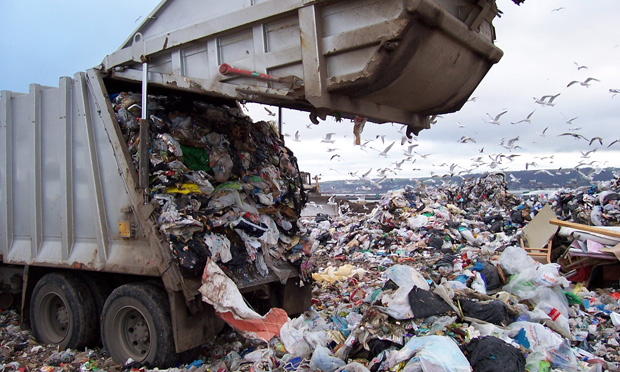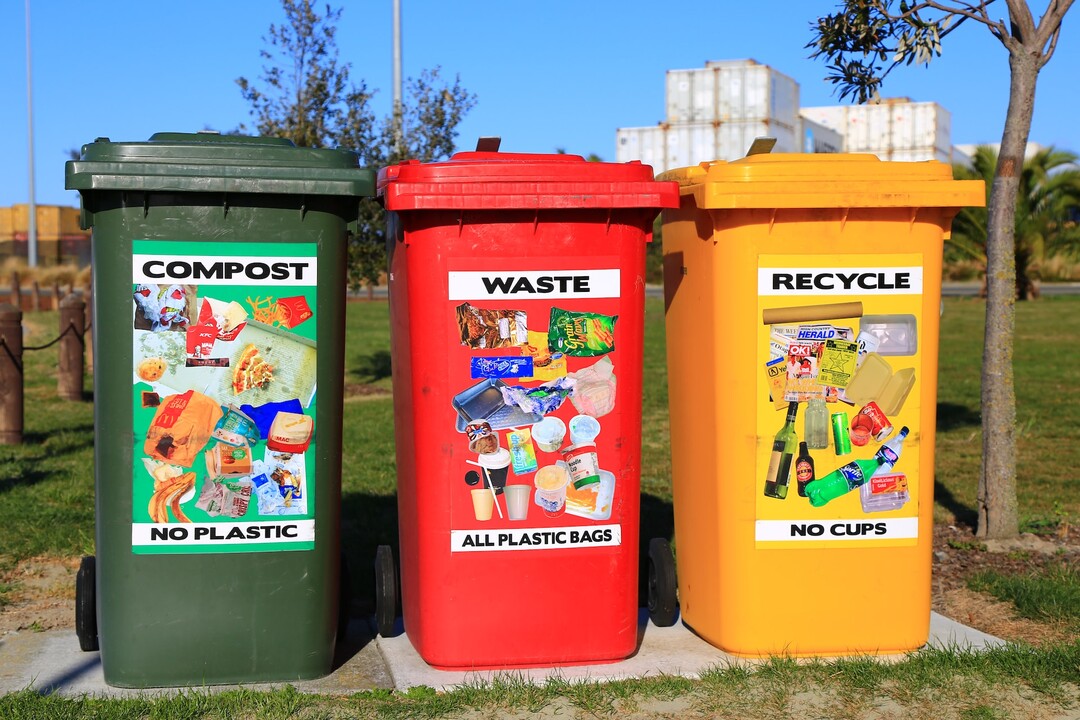Benzoil Industrial Waste Monitoring: Guarding the Setting
Benzoil Industrial Waste Monitoring: Guarding the Setting
Blog Article
From Land Fills to Recycling Centers: A Comprehensive Overview to Accountable Waste Management Practices for a Greener Future
In a world where the management of waste has become increasingly essential for the sustainability of our earth, the shift from dependence on land fills to the promotion of reusing centers has amassed considerable focus. The environmental consequences of landfills are well-documented, motivating a shift in the direction of even more responsible waste management practices.
Ecological Impact of Landfills
The environmental influence of garbage dumps is a critical issue that requires extensive analysis and positive remedies to reduce negative effects on communities and public wellness. Land fills pose substantial obstacles because of the generation of greenhouse gases, leachate manufacturing, and the potential for groundwater contamination. Benzoil Waste Recovery. One of the key ecological effects of garbage dumps is the discharge of methane, a powerful greenhouse gas that adds to climate adjustment. As natural waste breaks down in anaerobic problems within land fills, methane is launched right into the atmosphere, capturing warm and intensifying global warming. Additionally, leachate, a harmful liquid formed as rain percolates with waste materials, can contaminate dirt and water resources, posing dangers to both public and ecological health.
To address these ecological problems, aggressive waste monitoring strategies such as enhanced recycling, composting, and waste-to-energy technologies are being implemented to reduce the quantity of waste sent out to landfills. By diverting natural waste and recyclables from land fills, the generation of methane and leachate can be decreased, inevitably reducing the ecological impact of these disposal websites.

Benefits of Recycling Centers
Reusing centers play a critical duty in promoting sustainable waste administration practices and promoting a round economic situation. By recycling products such as paper, plastics, glass, and metals, recycling centers assist minimize the removal and consumption of raw products, eventually decreasing the environmental influence of resource exploitation.
Moreover, recycling facilities significantly add to energy preservation and greenhouse gas emissions decrease (Benzoil Industrial Waste). The process of recycling takes in less energy compared to producing goods from resources, bring about a decline in carbon emissions and an extra energy-efficient production cycle. Furthermore, reusing centers help produce task chances in the reusing sector, giving and sustaining regional economies employment possibility in waste monitoring and recycling markets
Additionally, recycling facilities play a crucial role in minimizing the volume of waste sent out to landfills, thus prolonging the life-span of existing landfill websites and minimizing the linked ecological and health and wellness dangers. By drawing away recyclable products from land fills, reusing centers assist reduce air pollution, avoid dirt and water contamination, and shield ecosystems. Eventually, the presence of recycling centers cultivates a culture of environmental stewardship and accountable usage, leading the way for a more lasting and greener future.
Types of Waste Administration Approaches
Checking out different methods for efficient waste monitoring is critical in promoting sustainability and decreasing environmental influence. Waste monitoring methods include a range of strategies to take care of various types of waste, each made to lessen environmental injury and enhance source healing.
One usual approach is landfill disposal, where waste is buried in marked areas. While cost-efficient, this approach postures risks such as groundwater contamination and methane gas emissions. Incineration, another technique, entails shedding waste to produce power. While this can reduce waste volume, it may release contaminants into the air. Recycling is a more info here popular approach that includes converting waste materials into brand-new items to stop waste of possibly valuable materials.
Composting is a biological approach that decays organic waste right into nutrient-rich soil. This method is especially reliable for food and yard waste. Waste-to-energy modern technologies transform non-recyclable waste into gas, electrical power, or heat. Each method has its obstacles and benefits, highlighting the value of picking one of the most suitable approach based on the kind of waste and ecological considerations.
Just How to Decrease House Waste
Executing sustainable methods in day-to-day routines can substantially lower household waste manufacturing. One effective method to decrease house waste is by exercising the 3 R's: Decrease, Reuse, and Reuse. To decrease waste, individuals can start by being mindful of their acquisitions, deciding for products with marginal packaging or wholesale to decrease waste generation. Recycling products like containers, bags, and garments can additionally help decrease the amount of waste that ends up in land fills. In addition, reusing products such as paper, plastic, metal, and glass can divert waste from the garbage container and provide a brand-new life.
Composting natural waste like food scraps and yard trimmings is an additional environment-friendly method to minimize family waste. Fixing items instead of discarding them and getting pre-owned items can likewise contribute to throw away reduction.
Community Engagement in Waste Administration

One method to improve area participation is with educational campaigns and workshops that increase awareness regarding the importance of waste reduction and proper disposal methods. By organizing clean-up drives and community recycling occasions, citizens can actively take part in waste administration activities and witness the favorable end results of their initiatives firsthand. In addition, developing collaborations with local schools, companies, and community organizations can even more enhance waste monitoring initiatives and urge collective solutions to resolve waste-related difficulties within the neighborhood. Inevitably, area involvement in waste monitoring is crucial to fostering a culture of sustainability and promoting ecological stewardship for a greener future.

Conclusion
In verdict, accountable waste management practices are essential for creating a greener future. Engaging with the area in waste management efforts can further magnify the favorable impact on the atmosphere.
In a globe where the management of waste has actually come to be increasingly important for the sustainability of our planet, the transition from dependence on garbage dumps to the promo of reusing centers has actually garnered substantial focus. Recycling is a widely known method that includes converting waste products right into new products to stop waste of possibly useful materials.
To lower waste, individuals can start by being mindful of their purchases, choosing for items with marginal packaging or in mass to decrease waste generation.Composting natural waste like food scraps and backyard trimmings is one more green approach to reduce household waste.To build upon the structure of responsible visit their website waste monitoring methods at the house degree, cultivating area interaction in waste administration initiatives comes to be vital for developing a more eco-conscious and lasting culture.
Report this page